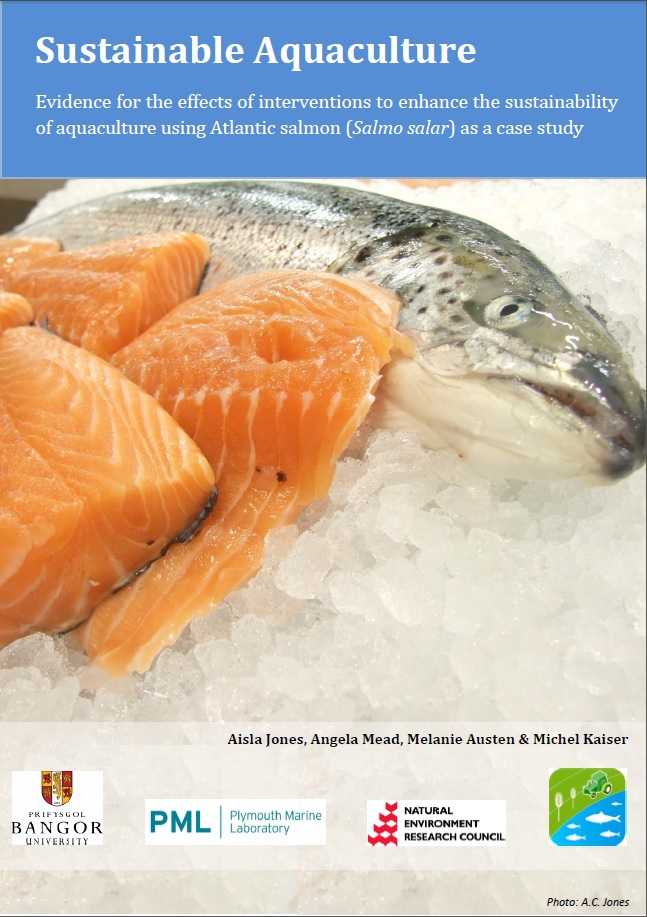Reduce fish meal in diet
-
Overall effectiveness category Awaiting assessment
-
Number of studies: 2
View assessment score
Hide assessment score
How is the evidence assessed?
-
Effectiveness
not assessed -
Certainty
not assessed -
Harms
not assessed
Study locations
Supporting evidence from individual studies
In 2007, a replicated study in Norway (Bendiksen et al., 2011) found similar final weights in salmon, Salmo salar, fed low, medium and high fish meal diets. Final weights of salmon in three groups fed diets containing 10%, 15% and 20% fish meal were 4.59kg, 4.63kg and 4.66kg, respectively. Fish were fed a diet containing 20% fish meal for six weeks before being fed one of the three experimental diets for 9 months. Weights were recorded.
Study and other actions testedBetween 2007 and 2008, a replicated study in Norway (Johnsen et al., 2011) found similar final weights in salmon, Salmo salar, fed low, medium and high fish meal diets. Weights across all groups increased 4-fold from an average of 1,216g to 4,625g over 275 feeding days. Three experimental feeds were fed to fish; high-fish meal diet (20% of total feed ingredients), medium-fish meal diet (15% of total feed ingredients) and low-fish meal diet (10% of total feed ingredients). Salmon were stocked in 60m circular sea cages and fed using automated feeders for a period of 275 days. Weights were recorded.
Study and other actions tested
Where has this evidence come from?
List of journals searched by synopsis
All the journals searched for all synopses
This Action forms part of the Action Synopsis:
Sustainable Aquaculture
Sustainable Aquaculture - Published 2013
Atlantic salmon Aquaculture Synopsis





)_2023.JPG)














